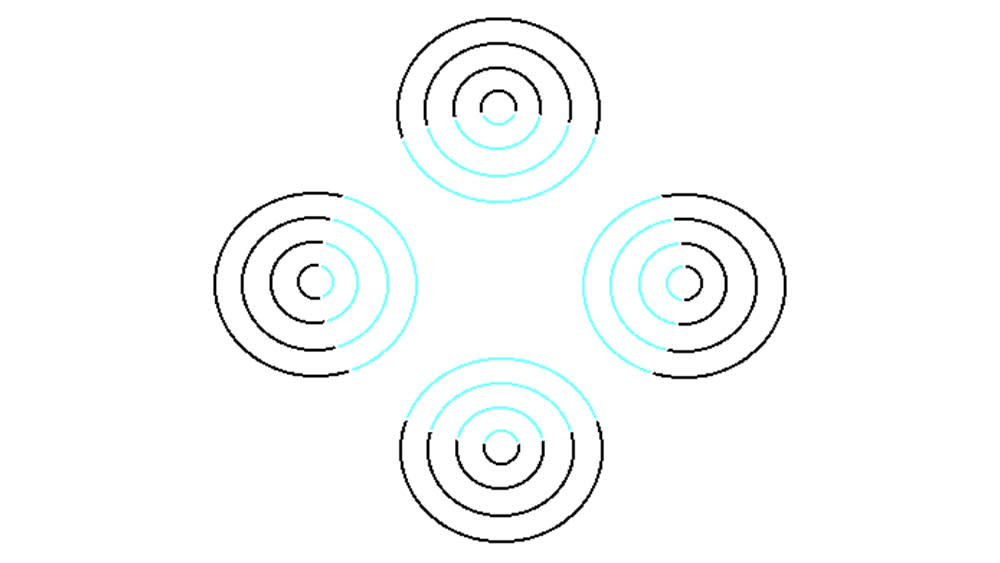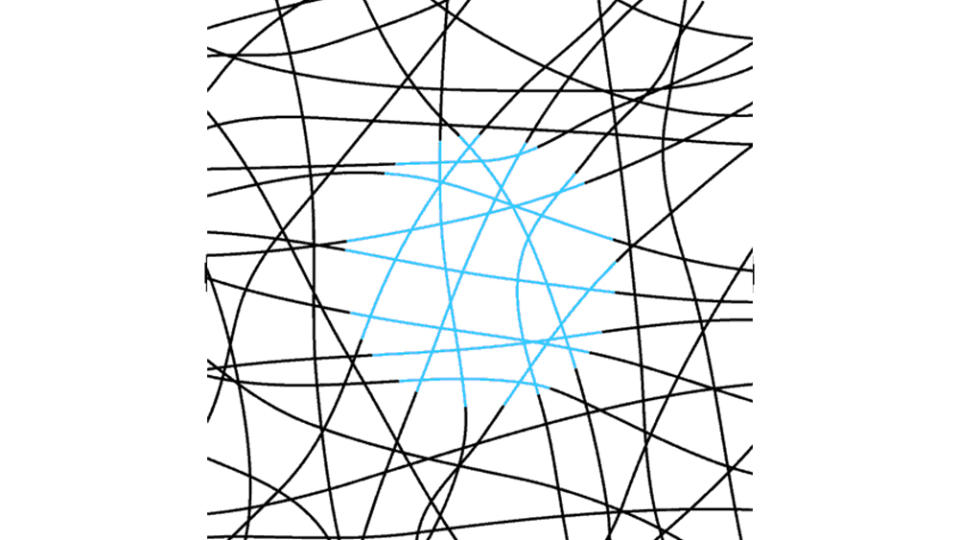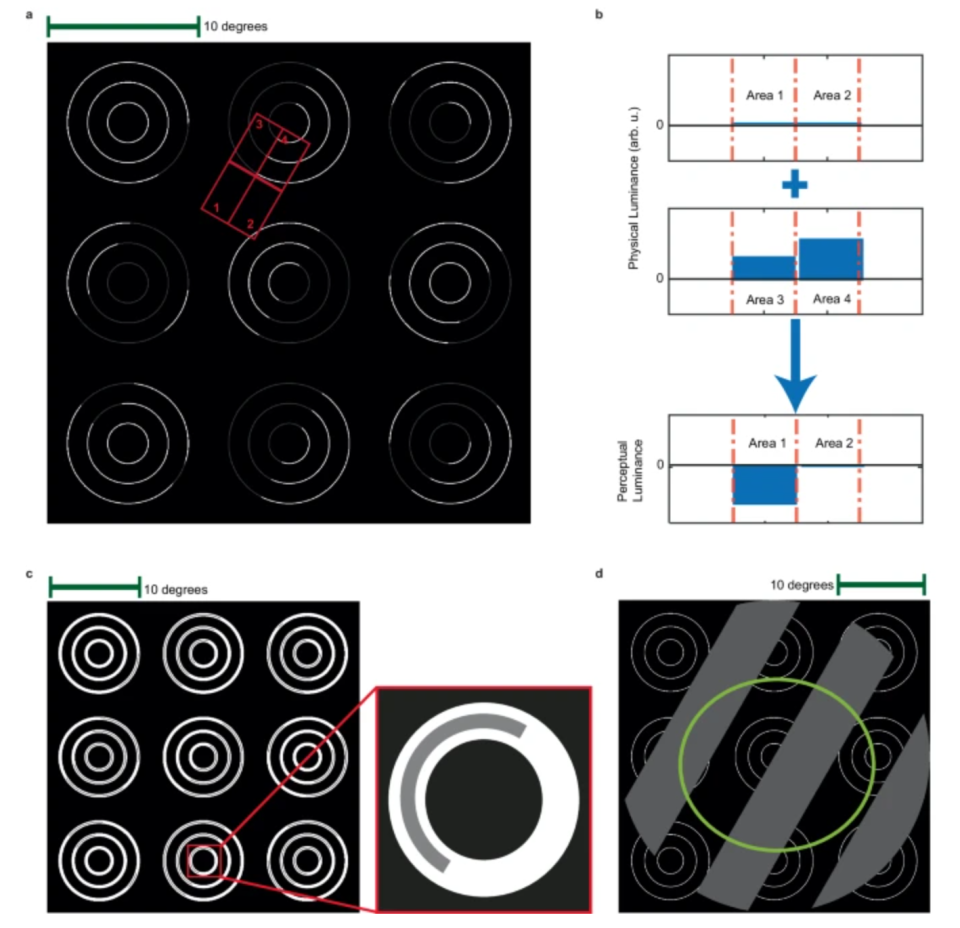Mice are bamboozled by these baffling optical illusions... and so am I

We love a good optical illusion here at Creative Bloq. We even have a round up of the best optical illusions around. And after all the time we've spent trying to get our heads around them, it comes as some solace that mice are also fooled by such visual trickery.
Why wouldn't they be?, You may ask. But scientists are excited by the discovery because it could open up new ways to research perception.

The new research published in Nature specifically studied a type of optical illusion that involves what's called neon colour spreading. Falling into the category known as transparency effects, this kind of illusion is created by fluid borders between the edges of a colored object and the background when surrounded by black lines. Colour appears to spread from the coloured lines and create the illusion of an object that isn't there.

The new research used an innovative combination of electrophysiology and optogenetics to explore how different levels of neurons process optical illusions in mice in order to settle a debate in neuroscience about which neurons in the brain are responsible for the perception of brightness.
After a visual stimulus reaches the eye, it’s taken to the brain by nerves and received by layers of neurons called V1, V2 etc. V1 is the first and most basic layer, and V2 and above are considered higher layers. By studying reactions to neon colour spreading optical illusions in mice, researchers found that V1 neurons respond to both illusory and non-illusory stimuli, while V2 neurons intensify the illusion by modulating V1 activity. This proves that that V2 neurons play a role in the perception of brightness.

The studies authors suggest the findings open new possibilities for using animal models to investigate neural mechanisms of perception and consciousness in cases where human studies can't be conducted.
For more visual trickery, see the new optical illusion that scientists can't explain.

